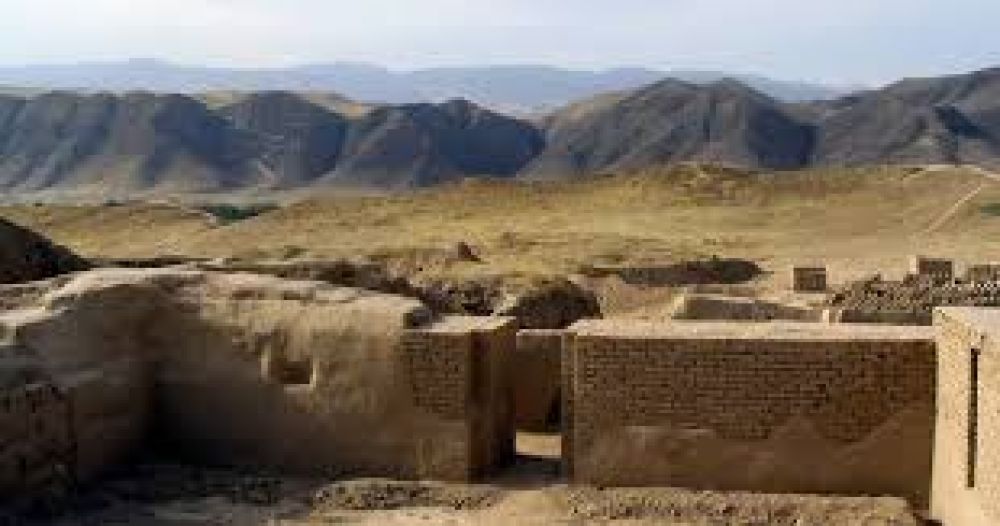

The ancient city of Nisa, situated near the modern-day capital of Ashgabat in Turkmenistan, stands as a testament to the grandeur of the Parthian Empire, which dominated the region from the third century BCE to the third century CE. Renowned for its rich archaeological significance, Nisa was once a key economic and cultural hub along the famous Silk Road.
Remarkably, Nisa was one of the earliest and most important cities of the Parthian Empire, a major power with a complex trade network that stretched from the Mediterranean to Central Asia. The fortified settlement consists of two tells, or settlement mounds, known as Old Nisa (also called Nisa Fortress) and New Nisa, indicating the city's long-term occupation and evolution.
Nisa's recognition as a UNESCO World Heritage Site in 2007 has bolstered its prominence on the global stage, attracting historians, archaeologists, and curious tourists alike. The discovery of the site in the 20th century and subsequent excavations have unearthed an array of artifacts, including sophisticated irrigation systems, wine storage facilities, and exquisite ivory rhytons, highlighting the Parthians' architectural and artistic prowess.
The government of Turkmenistan, recognizing the potential of Nisa to draw international and scholarly attention, has invested in improving the infrastructure around the site. Access to Nisa is more accommodating than ever, with guided tours often departing from Ashgabat. These tours provide insightful narratives of the Parthians' contribution to history and their once-thriving capital.
In recent times, there has been a greater push for sustainable tourism practices around Nisa to protect the integrity of the site while allowing visitors to experience its magnificence. Travel groups are typically small and are encouraged to tread lightly to conserve the ancient ruins for future generations.
Additionally, virtual reality experiences are becoming increasingly popular, with some museums and tour operators offering immersive 3D tours of Nisa. This digital approach not only expands access to the site for those unable to travel but also helps in preserving the physical location from over-tourism.
Tourists venturing to Nisa can expect a fascinating encounter with history. The remnants of the fortress walls, temples, and palaces are particularly impressive during the golden hours of sunrise and sunset. Visitors should prepare for a somewhat remote excursion, as the amenities near the site are limited, thus providing an unspoiled historical adventure.
While Nisa remains a highlight for ancient history enthusiasts, its proximity to Ashgabat offers an additional layer of convenience and contrast. The capital city is known for its marble buildings and modern monuments, allowing travelers to juxtapose their experience of ancient glory with contemporary Turkmen culture.
The historical allure of Nisa, augmented by its UNESCO World Heritage status, positions it as an unmissable destination for those intrigued by the Parthian era. With the rise of technology-enhanced tours and sustainable tourism practices, the legacy of Nisa continues to captivate visitors worldwide.